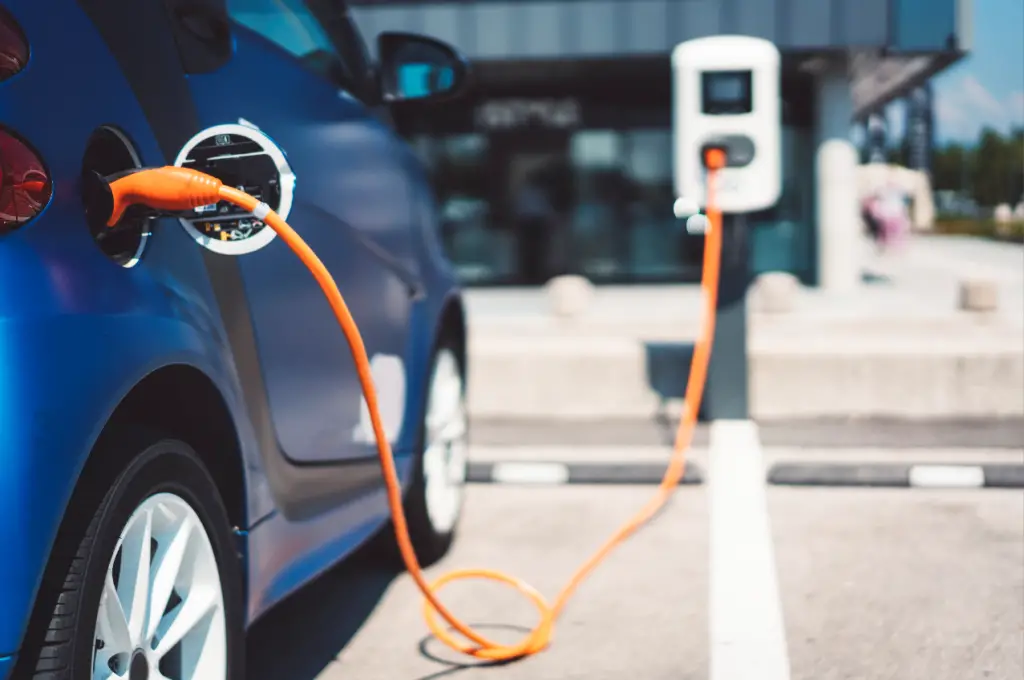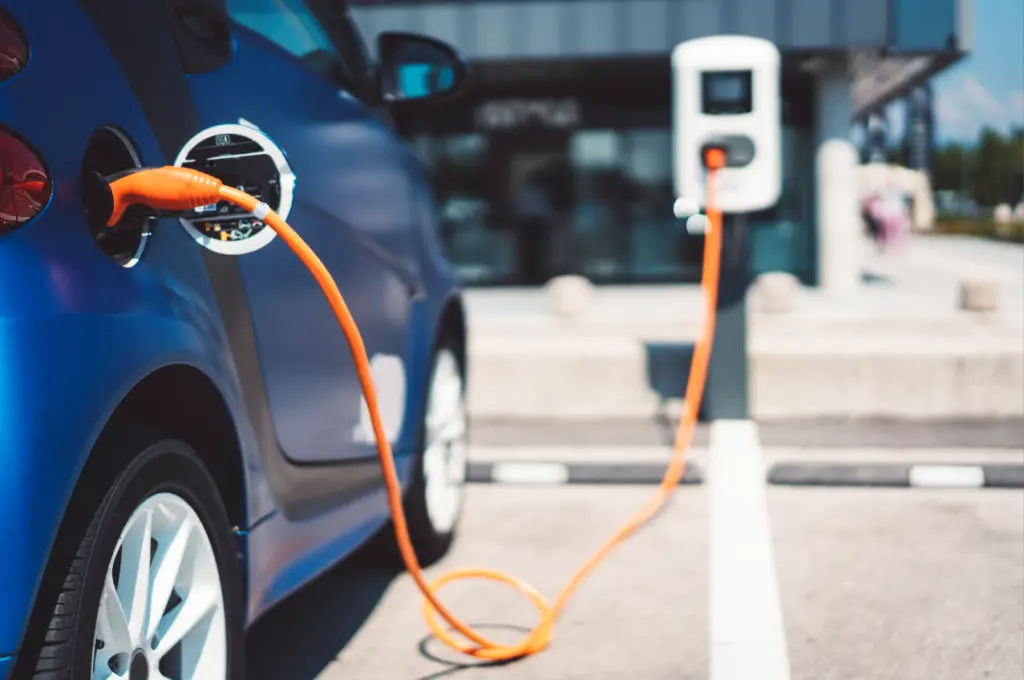Understanding the electric vehicle terms.
These are just abbreviations and descriptions for the types of vehicles that use electric motors and batteries to provide some propulsion.


These are just abbreviations and descriptions for the types of vehicles that use electric motors and batteries to provide some propulsion.
BEV – A fully-electric vehicle (Battery Electric Vehicle) that does not have an internal combustion engine at all. These are vehicles such as the Jaguar I-Pace, Audi e-Tron, and VW ID3.
PHEV – Plug-in Hybrid Electric Vehicle. An internal combustion engine teamed with an electric motor-and-battery setup. The plug-in configuration allows for a bigger battery to be installed that allows for more battery-only (pure electric) range. The current electric range on PHEVs is around 30 to 50 km; the fuel-burning combustion engine does most of the work. Such vehicles include the Volvo XC90 T8, Range Rover Sport, and Range Rover PHEVs.
Hybrid – These vehicles do not have to be plugged in at all. The electric motor is charged by either regenerative braking or by using the internal combustion engine. Electric-only drive is possible – for very short stints – and is mostly used in very slow driving conditions such as heavy traffic or when pulling away at traffic lights. Examples of this are the Lexus RX 450h, Lexus ES Hybrid, and the Toyota Prius.
kWh- The abbreviation for kilowatt-hour. It’s a unit used to measure battery capacity. Basically, the higher the number, the more range you should have. It’s similar to the size of a fuel tank in a normal car. Jaguar’s I-Pace has a 90-kWh battery with a range of 470 km, the BMW i3 uses a 33-kWh battery with a range of 300 km. It stands to reason that the kerb weight of an EV plays a critical role in the projected optimal range of the vehicle, just as it would in a petrol/diesel car.
Regeneration- While electric cars' motors and their ancillaries consume electricity, they're also equipped with technology that enables them to recoup some of those losses. This can be done in 1 of 2 ways: either through harvesting the kinetic energy that is released whenever the braking system slows down the vehicle or from engine coasting. Both perform the same task of reversing the electric motor, which then recharges the battery. Some systems store the recouped energy in capacitors where it is stored for later use. Braking regeneration is mostly accompanied by brake-by-wire systems that operate the brakes via electrical- rather than mechanical components.
Fast chargers-A standard charger charges at around 3 kW per hour. A fast charger, such as at certain stations on Jaguar’s Powerway and at certain Nissan/BMW/Jaguar dealerships in South Africa, can charge up to 60 kW per hour. Porsche and Tesla reportedly have stations that can recharge at 250 kW per hour (in Europe and the USA). However, most batteries have a limit to how fast you can charge them – for example, if your electric car's system is only rated to accept a maximum input of 22 kW, plugging it into a 60 kW charger will only result in an optimal charge rate of 22 kW.
Inductive charging- Inductive charging for electric vehicles is the same as that of charging your phone. If you'd like to top up an EV in such a manner a charging pad needs to be installed on the floor of a garage or parking bay where you park the vehicle. The EV also has to have a conductive pad on its underside. When the 2 pads are lined up the vehicle will receive a charge. Currently, these are fairly slow chargers (between 3 kW and 20 kW) but they do reduce the need for cables and messy infrastructure. This system is currently being trialed with metered taxis in the UK.
Battery lifecycle- Every battery has a total number of charges it can accept before it begins to deteriorate or produce less range from a full charge than it did when it was new. Lithium batteries, which are used in modern electric cars, are actually pretty good at retaining their capacity for charging, even when they're used daily. Most manufacturers, therefore, offer long warranties (8 years for Jaguar and Volkswagen, to name 2 examples) on EV batteries.
Wall box- This charging style requires a long time to charge an electric car and it’s not recommended to continuously put that much stress on the socket over a long period of time. If you install a wall box at your house, however, you can increase charging power to 7 kW, which means it will take half the time to charge your electric car compared with using a conventional power socket. Smart wall boxes can even reduce power when the load on the national grid is strained and then increase it again when there is less load.
Cable/Plug types-There is a plethora of cables and plugs that come with EVs or are optionally available. If you want to charge from a wall box you will require a Mode-3 charging cable or public charging cable. This is also the same cable that is used at AC public charging points like the BMW charging stations. Some stations supply this cable, but it’s probably useful to always have one with you. For DC/fast-charging stations, such as the ones on Jaguar’s Powerway, the cable is supplied, but only certain EVs will accept this form of charge.
Range anxiety- This is the fear that you may run out of battery charge in your electric vehicle and be left stranded. It’s exactly the same as running out of fuel in a petrol/diesel car except that electric cars tend to have comparatively shorter ranges. As charging infrastructure improves and more options become available to charge electric cars, this shouldn’t be so much of an issue. EVs' optimal ranges are rapidly improving; most of them are capable of 300 km+ per charge.
RFID card- These cards give you access to public chargers. You tap the RFID card against the charger to activate it at which point you can begin charging. The cards need to be topped up with money via EFT payments. Also, note that charging stations have differing electricity rates, you will NOT get Eskom’s rate from a public charger.
Source:
i) Ashley Oldfield (2020) Electric Cars: Understanding the Terms




